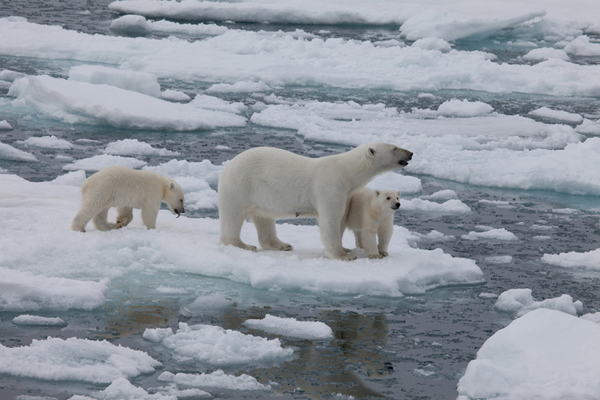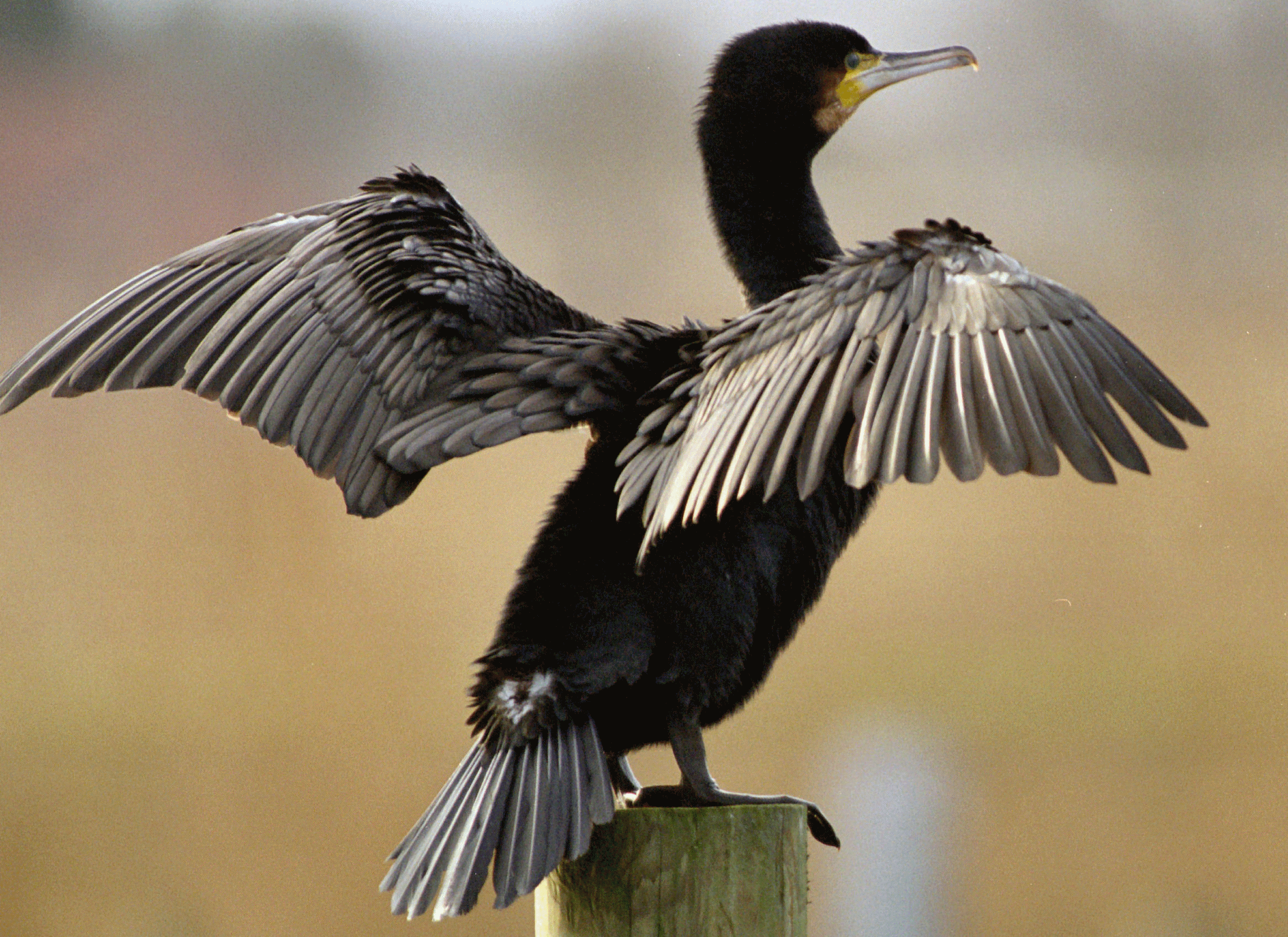 Mechanisms of homeostasis moderate changes in the internal environment.
Mechanisms of homeostasis moderate changes in the internal environment.
Many animals regulate their internal environment within relatively narrow limits.
More than a century ago, French physiologist Claude Bernard made the distinction between the external environment surrounding an animal and the internal environment in which the cells of the animal live. The internal environment of vertebrates greatly depends on interstitial fluid. This fluid, which fills the spaces between vertebrate cells, exchanges nutrients and wastes with blood contained in microscopic vessels called capillaries. Bernard also recognized that many animals tend to maintain relatively constant conditions in their internal environment, even when the external environment changes. Mechanisms of homeostasis moderate changes in the internal environment.
 Behavioral thermoregulation in Cormorants
Many birds spread their wings to benefit from solar heating. Behavioral thermoregulation helps animals to maintain favorable body temperatures without expending metabolic energy.
Behavioral thermoregulation in Cormorants
Many birds spread their wings to benefit from solar heating. Behavioral thermoregulation helps animals to maintain favorable body temperatures without expending metabolic energy. Any homeostatic control system has three functional components : a receptor, a control center and an effector. The receptor detects a change in some variable of the animal's internal environment, such as a change in body temperature. The control center processes information it receives from the receptor and directs an appropriate response by the effector.
Thermoregulation is a process where animals maintain an internal temperature within a tolerable range. Endothermic animals like birds and mammals generate heat by metabolism and body temperature is maintained within a relatively narrow range. Ectothermic animals which include most invertebrates, fishes, amphibians and reptiles gain heat from external sources.
In general, ectotherms tolerate greater variation in internal temperature, while endotherms are active at a greater range of external temperatures. Endothermy is more energetically expensive than ectothermy. Organisms exchange heat by four physical processes namely conduction, convection, radiation, and evaporation. Five general adaptations help animals thermoregulate : Insulation, Circulatory adaptations, Cooling by evaporative heat loss, Behavioral responses and Adjusting metabolic heat production.